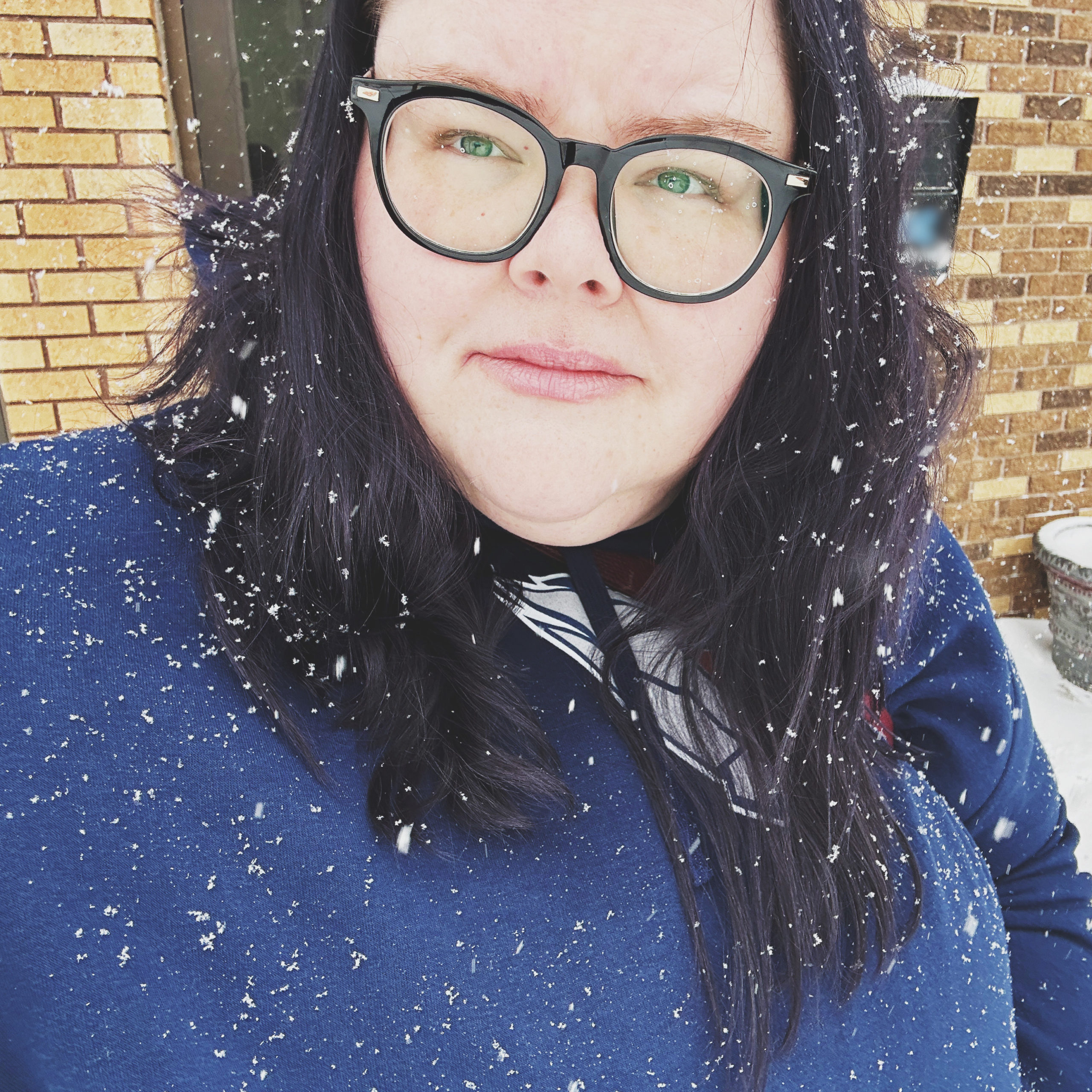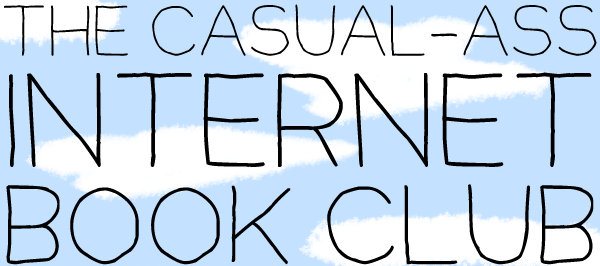
Unfortunately, Relish didn’t feel like her autobiographical webcomic Stop Paying Attention. Perhaps it is a problem exclusive to her books — I haven’t yet read French Milk — but the whole of Relish felt pretentious and pompous and snooty. (I know those are basically synonyms but it deserves all three — “pretentious” for her superiority complex, “pompous” for the near-explicit sense of “anyone who doesn’t eat like me is unworthy” and “snooty” for her constant need to point out that cheap, quick food is “bad” even when she is talking about how much she likes it.
I know this is autobiography and I know that autobiographies are a very tight lens through which to see and express the world and I know that it can sometimes make for a very limited scope, but I would have loved to see adult Lucy perhaps realizing that the way she grew up and her relationship with food is a highly, highly privileged one.
Food is a political issue and it will remain a political issue until all people have access to high quality food that they can afford and I believe it to be a genuine failure on Knisley’s part to never in the entire scope of the book address that. She takes the time to let her readers know that she liked McDonald’s even though it’s “considered cheap and unhealthy” and in the same page devotes a panel to fat people picketing McDonald’s for making them fat, but never addresses any of the systematic issues that bar access to good, nutritious, fresh food for great swaths of human beings across the globe.

As a fat person, this is what Lucy Knisley thinks of me. Wonderful.
Food is wonderful and I mean that really and truly. I love to cook and I love to shop for fresh vegetables and choose the perfect piece of meat to barbecue. I love gourmet meals prepared by master chefs and a perfectly constructed Big Mac. I love to share meals with people I love and I love falling in love with people over shared meals. I feel like, at our cores, Lucy Knisley and I are probably not that different about food.
But it seems very likely that Lucy Knisley has never been one of the 2.3 million households in the United States that live in a food desert. She has likely never paid $9 a pound for defrosted “fresh” chicken. She has probably never skipped a meal so that someone else in her household could eat. And though I do not expect her — nor anyone — to apologize for the privilege of being able to eat not only regularly, but incredibly well, I do expect her to acknowledge it. How can you spend so many pages talking about the unbelievable richness and joy of your food experience and not acknowledge how lucky you are to have had it?
So, though Relish was not for me, I decided to trust Knisley’s skills and tastebuds anyway and make carbonara for my family following her recipe. Mostly.

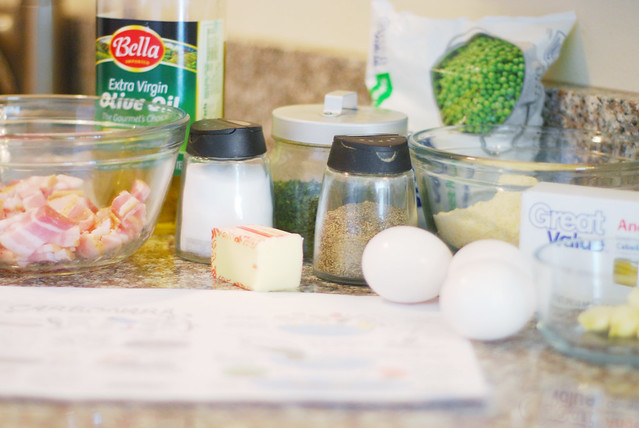
Though I am atrociously bad at recipes, I am a better than average cook so once everything was ready and organized and sorted into little bowls like the pros do on the TV, it went super easy. Even though I was worried the illustrative nature of it might mess with me, Knisley’s recipe was not at all hard to follow.
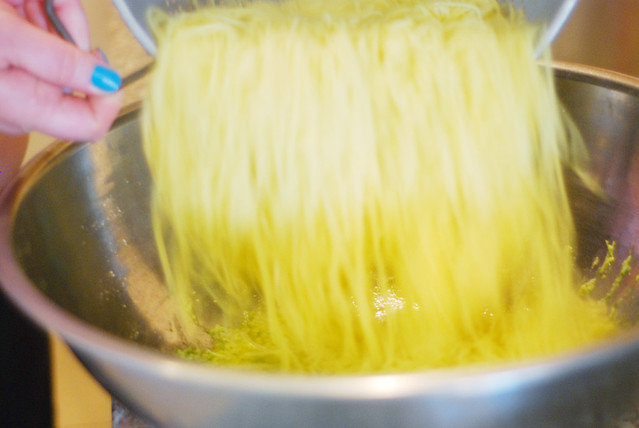
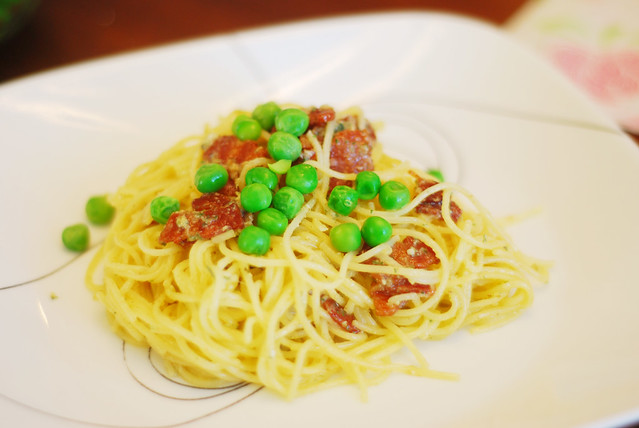
So maybe, as a reading experience, Relish wasn’t for me and perhaps I have some serious qualms about un-broached social issues in it, but as a cookbook I have at least one great recipe — my girlfriend and I have already talked about making this again but adding onions and mushrooms and swapping peas for asparagus — and high, high hopes for the few others Knisley illustrated.
I might think twice before I buy more of Knisley’s autobiographical work, but I’ll certainly be first in line if she finds herself compelled toward an entire illustrated cookbook.




